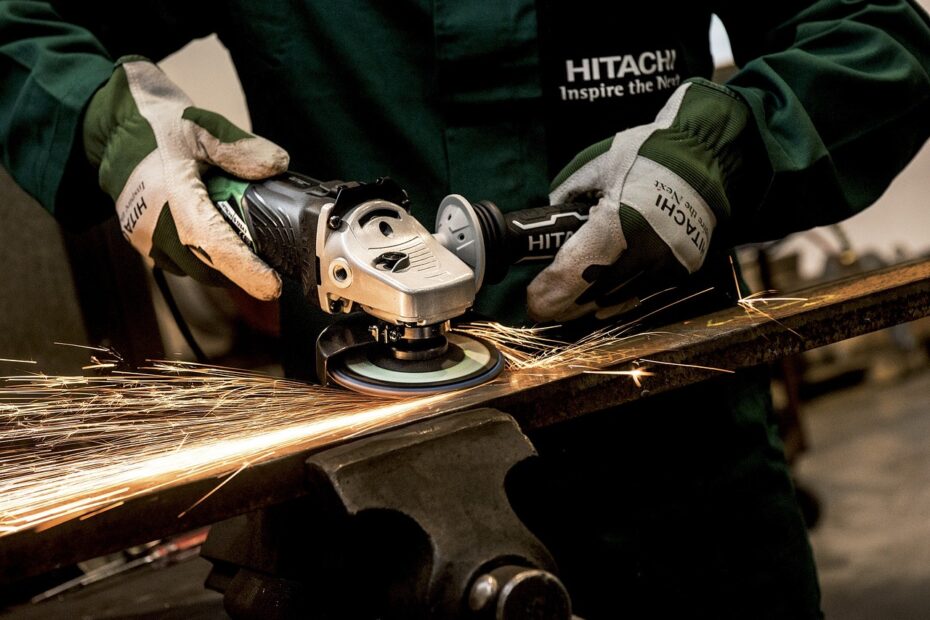Power tools are an integral part of professional and amateur work. Understanding their components and operating principles is important for both working and maintaining these tools. In this article we will discuss the main components, functions and operating principles of power tools.
Engine: main source of energy
The motor is the main component that generates the energy needed to run the tool. Most power tools use electric motors, which can be DC or AC.
DC motors are mostly found in smaller tools such as cordless drills. AC motors are more powerful and are used in larger tools such as cutting machines or angle grinders.
Gear system: torque control
The drive system, or transmission, is responsible for transmitting and controlling torque. This system allows the speed and force of the tool to be regulated, thus increasing work efficiency. In a drill, for example, the gearbox allows the speed of rotation to be regulated to drill different materials.
Battery: ensuring mobility
The battery is an essential part of cordless tools, giving them mobility and convenience. Batteries come in a variety of types, but lithium-ion (Li-ion) batteries are the most popular due to their high capacity and long service life. Battery capacity is measured in ampere hours (Ah) - the higher the capacity, the longer the tool can run without recharging.
Electronics: intelligent control
Many modern power tools have built-in electronic controls that help optimise the performance of the tool. For example, electronic speed controllers allow a constant speed to be maintained regardless of the load. Safety systems can also be integrated to protect the tool from overheating or overloading.
Housing: protection and ergonomics
The housing is the outer part of the tool, which not only protects the components but also ensures ease of use. High-quality materials such as reinforced plastic or metal increase the tool's durability. The ergonomic design reduces user fatigue and increases work efficiency.
Accessories: extension of working capacity
Power tools often use various accessories to extend their performance. For example, drills can use different drill bits for different materials and angle grinders can use different discs for grinding or cutting. The right accessories allow a wider range of applications and increase the functionality of the tool.
The components of power tools and their principles of operation are important for both professionals and amateurs. Understanding and using these tools correctly can help ensure efficient and safe operation.

